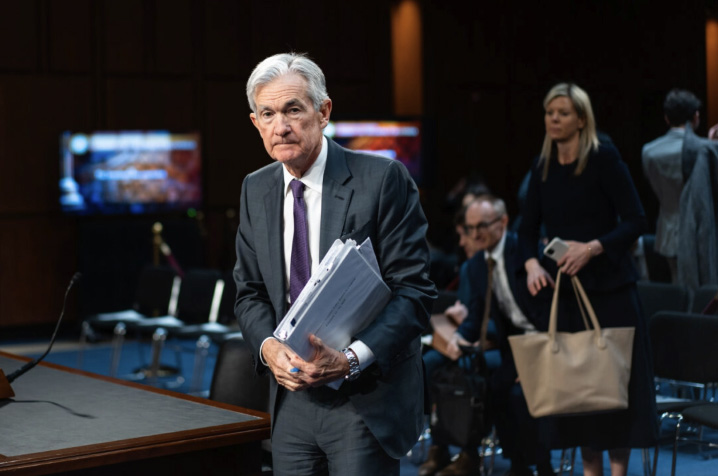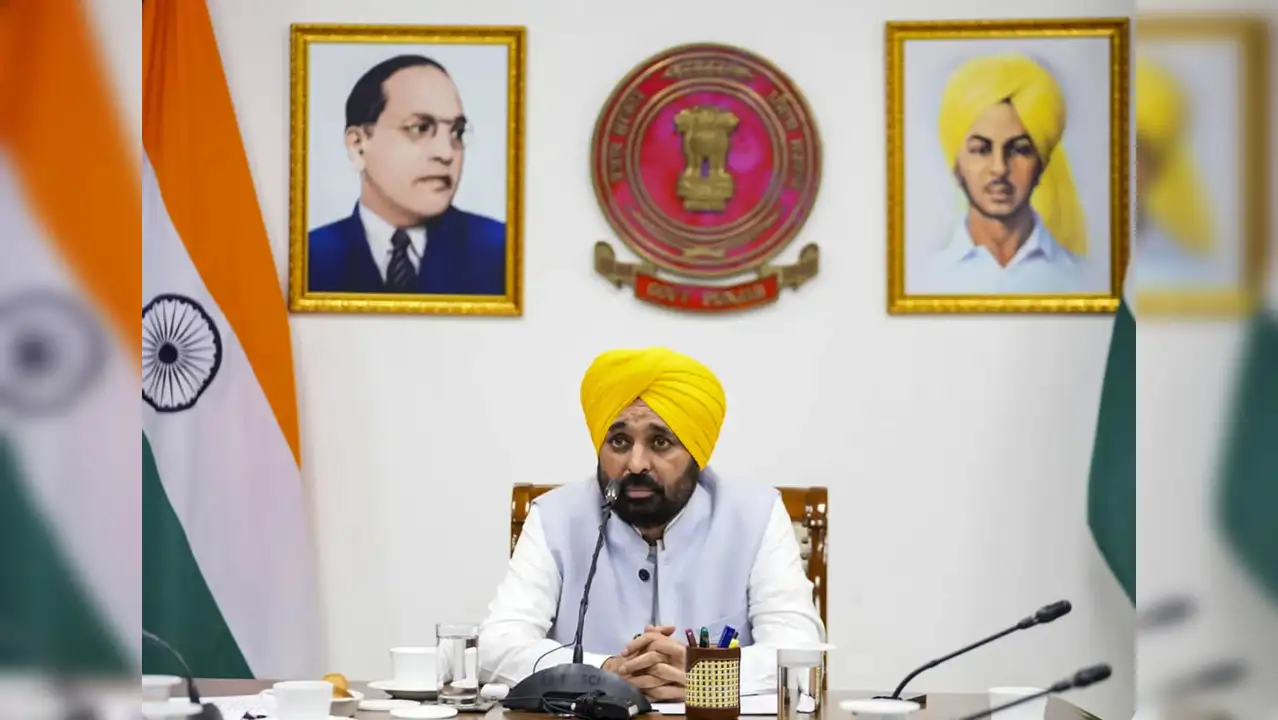
By Andrew Moran
Contributing Writer
The Federal Reserve cut interest rates for the first time this year following its two-day policy meeting that concluded on Wednesday.
Members of the Federal Open Market Committee voted to reduce the benchmark federal funds rate by 25 basis points, setting the new target range at 4% to 4.25%.
The federal funds rate is a central benchmark that influences borrowing costs across the U.S. economy, affecting everything from business loans to home mortgages.
“Recent indicators suggest that growth of economic activity moderated in the first half of the year. Job gains have slowed, and the unemployment rate has edged up but remains low. Inflation has moved up and remains somewhat elevated,” the FOMC said in a statement.
Officials said that uncertainty surrounding the economy’s outlook “remains elevated.”
Speaking to reporters at the post-meeting news conference, Federal Reserve Chairman Jerome Powell described the quarter-point reduction as a “risk management cut,” signaling risks to the labor market.
“While the unemployment rate remains low, it has edged up, job gains have slowed, and downside risks to employment have risen at the same time, inflation has risen recently and remains somewhat elevated,” Powell said.
He noted that he does not want employment conditions to loosen any further.
“The labor market is softening and we don’t need it to soften anymore [and] don’t want it to,” Powell said.
At the same time, according to Powell, there was little appetite for a larger rate cut at the meeting.
“There wasn’t widespread support at all for a 50 basis point,” Powell added. “I think we’ve done very large rate hikes and very large rate cuts in the last five years, and we tend to do those at a time when you feel that policy is out of place and needs to move quickly to a new place. That’s not at all what I feel certainly now, I feel like our policy has been doing the right thing so far this year.”
Stephen Miran, who recently joined the Federal Reserve Board of Governors, was the lone dissenting vote. He preferred a half-point rate cut.
This move comes after a prolonged period of leaving rates unchanged since December 2024, as Fed officials closely monitored the economic effects of President Donald Trump’s comprehensive trade agenda.
Looking ahead, monetary policymakers anticipate two more quarter-point rate cuts, according to the Summary of Economic Projections.
SEP — a periodic survey of officials’ expectations for monetary policy and the broader economy — highlighted the median federal funds rate coming in at 3.6% by the end of the year, down from the June projection of 3.9%.
The Fed also signaled a slow and steady approach to easing policy, with SEP pointing to a single rate cut in 2026 and another reduction in 2027.
By 2028, the FOMC thinks the median policy rate will settle at around 3%.
As for the broader economic landscape, the Fed revised its GDP growth rate projections to 1.6% in 2025 from 1.4% in June. Officials expect that the U.S. economy will expand by 1.8% in 2026 and by 1.9% in 2027, up slightly from previous estimates.
Forecasts for the unemployment rate in 2025 were unchanged at 4.5%. However, the jobless rates for 2026 and 2027 were adjusted lower by 0.1% to 4.4% and 4.3%, respectively.
Market Reaction
The Fed’s first rate cut of the year had little impact on U.S. stocks.
The blue-chip Dow Jones Industrial Average remained up 300 points following the FOMC statement. The tech-heavy Nasdaq Composite Index and the broader S&P 500 stayed in the red by 0.9% and by 0.4%, respectively.
U.S. Treasury yields were red across the board, with the benchmark 10-year yield dipping more than 3 basis points to below 4% for the first time since April.
The 2-year yield, which tracks Fed policy, declined more than 2 basis points to below 3.49%. The 30-year yield erased more than 3 basis points to 4.61%.
White House Expectations
Heading into the September policy meeting, the president and several senior administration officials advocated for a more aggressive approach by the Federal Reserve.
Writing in a July 15 Truth Social post, the president had suggested the Fed should be storming out of the gate as it restarts its rate-cutting cycle.
“Fed should cut rates by 3 Points. Very low inflation. One trillion dollars a year would be saved!” Trump wrote.
In an interview with Fox Business hours before the FOMC concluded its meeting, White House senior counselor for trade and manufacturing Peter Navarro argued that the central bank was behind the curve on monetary policy.
“We’re 100 basis points, at least, over where we should be,” Navarro said.
“It should be 50 today. It should be another 50 at the next meeting. That’s where it should be.”
This echoes comments made by Treasury Secretary Scott Bessent last month.
Bessent, speaking to Bloomberg in an Aug. 13 interview, stated that the Fed should “go into a series of rate cuts here, starting with a 50-basis-point rate cut in September.
“We should probably be 150, 175 lower. I think the committee needs to step back,” he added.
While investors expect the Fed will eventually reach this number, it will not be for quite some time.
Traders have been looking beyond the September meeting for weeks, indicating that the Fed will engage in a series of rate cuts rather than a one-time adjustment.
“What we’re really looking to [see] here is the data,” David Miller, CIO at Catalyst Funds, said in an email.
“If the data justifies further cuts from here and we see some softness in employment or GDP growth, that would really be the indication that we’re in a full cutting cycle, versus these expected two cuts that are anticipated.”
According to the CME FedWatch Tool data, before the Fed meeting, investors expected the federal funds rate to settle at around 2% by the end of next year, totaling approximately 175 basis points worth of rate cuts.
Fed Gov. Christopher Waller, who is considered one of the leading candidates to replace Powell when his term expires in May 2026, says interest rates are as much as 1.5 percentage points above their “neutral” level.
“I would say over the next three or six months, we could see multiple cuts coming in. Whether it’s like every other meeting, every meeting, we’ll have to wait and see [what] the data says,” Waller told CNBC’s “Squawk Box” on Sept. 3.
The neutral level is when interest rates are neither restrictive nor accommodative.
The next two-day FOMC meeting is scheduled to take place on Oct. 28-29.



